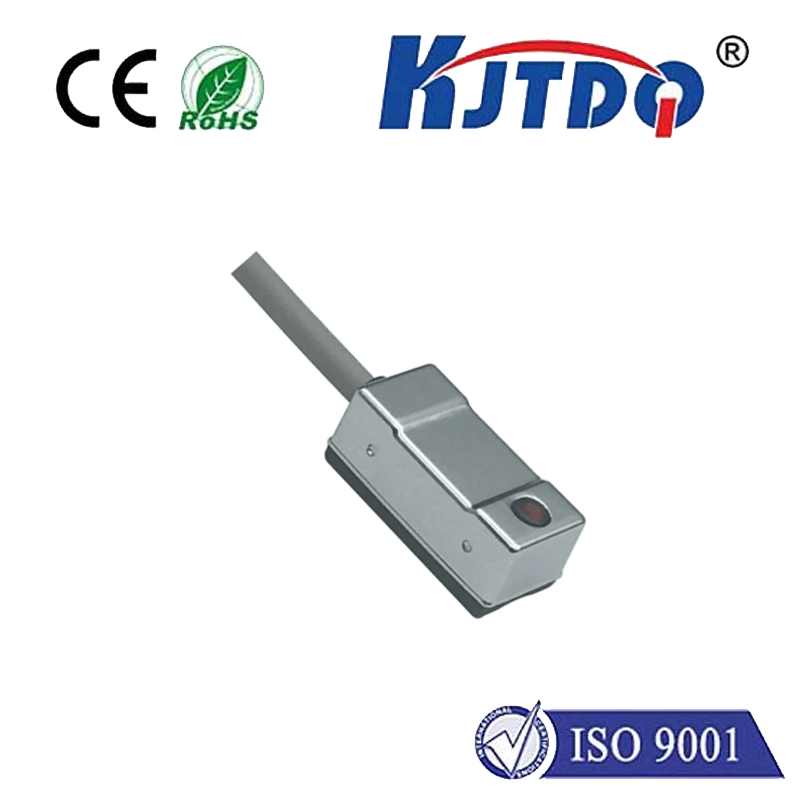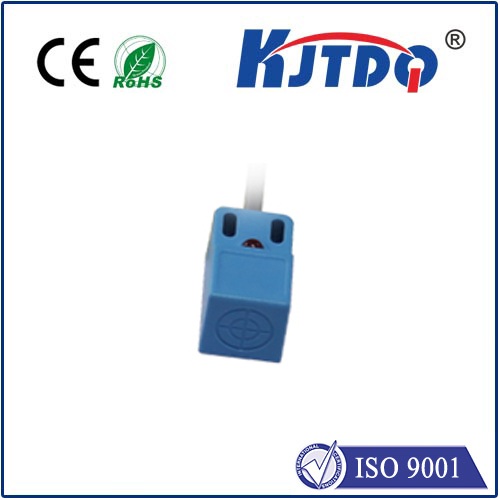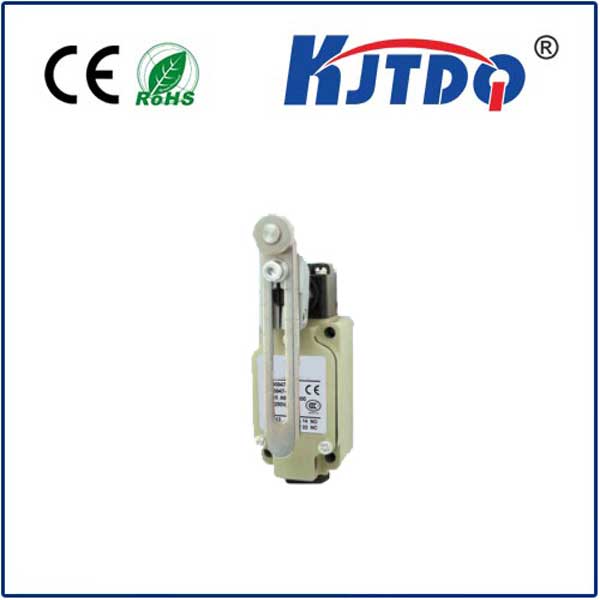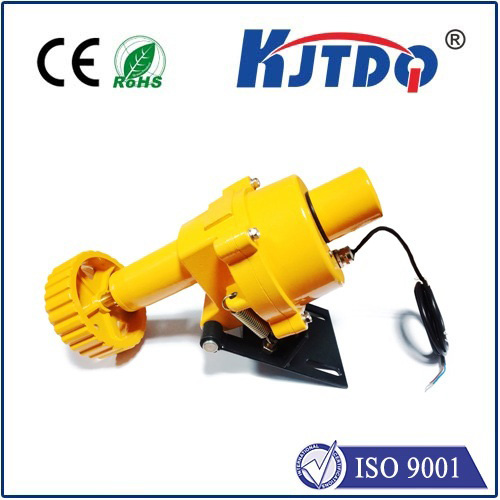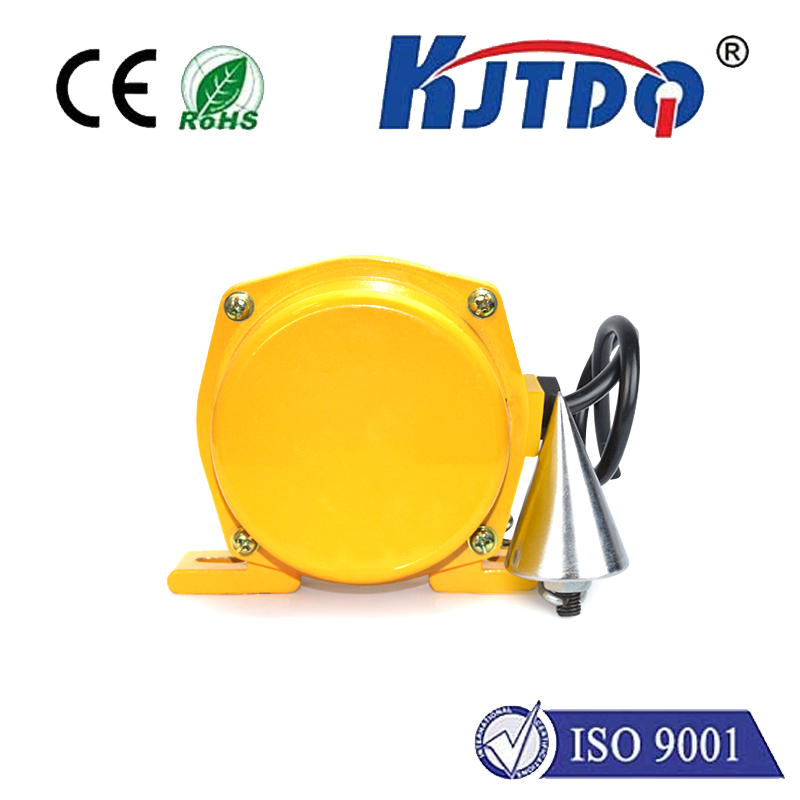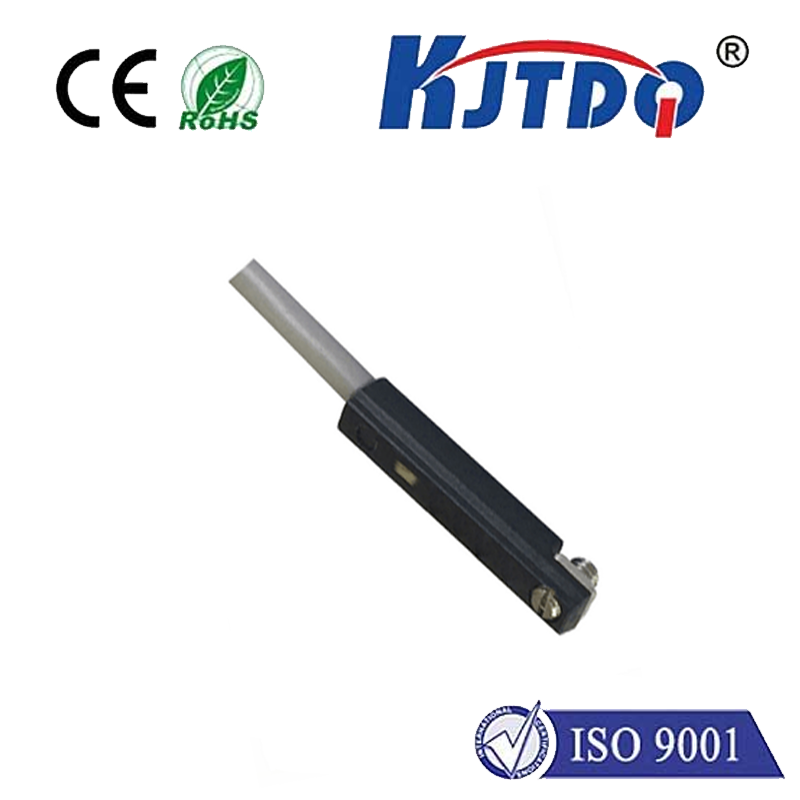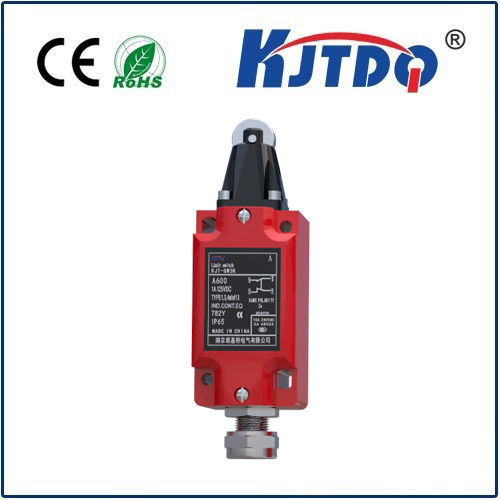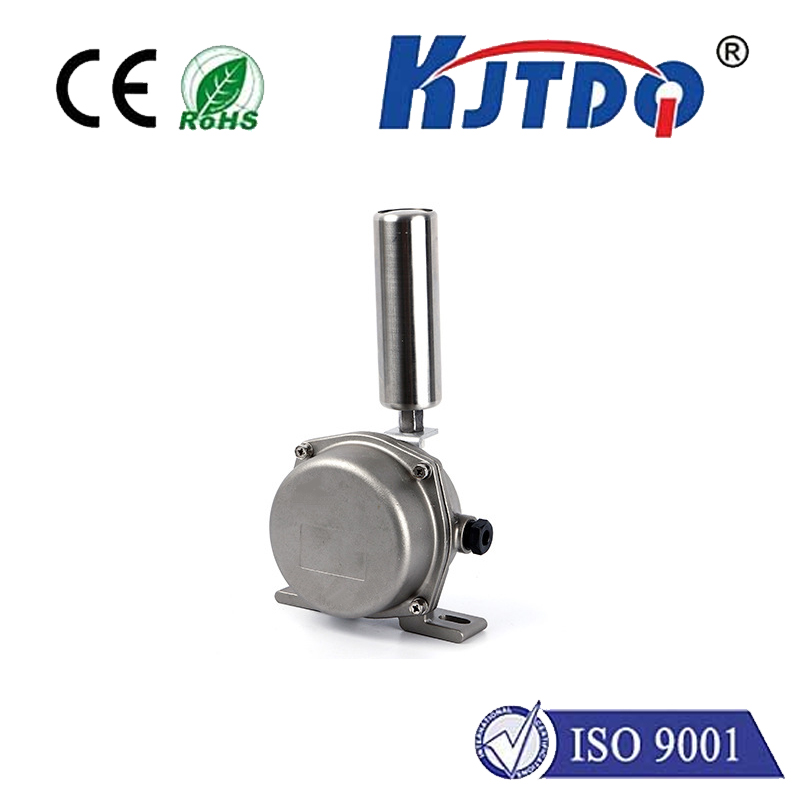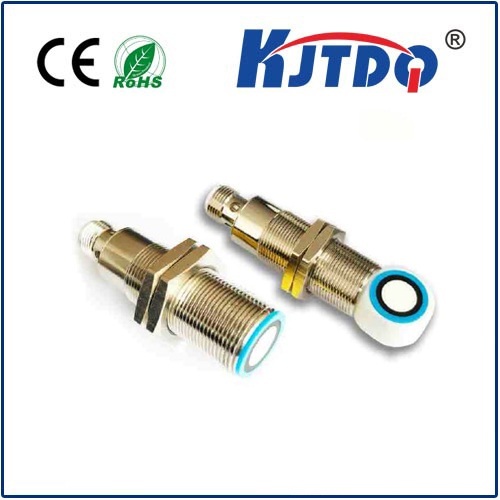
check

check

check

check
Miniature Capacitive Proximity Sensor: A Revolution in IoT Devices
The Internet of Things (IoT) has brought about a significant change in the way we interact with our surroundings. From smart homes to industrial automation, IoT devices have become an integral part of our daily lives. One of the essential components that make these devices work seamlessly is the miniature capacitive proximity sensor.
What is a Miniature Capacitive Proximity Sensor?
A miniature capacitive proximity sensor is a small electronic device that detects the presence or absence of an object within its vicinity. It works on the principle of capacitance, which is the ability of two conductors to store electrical energy. When an object comes close to the sensor, it changes the capacitance between the sensor and ground, generating an output signal.
Applications of Miniature Capacitive Proximity Sensors
Miniature capacitive proximity sensors are widely used in various IoT devices due to their compact size, low power consumption, and high sensitivity. Some of the common applications include:

1. Smart Homes: In smart homes, miniature capacitive proximity sensors are used to control lighting, air conditioning, and security systems. They can detect the presence of people and pets, triggering automated actions such as turning on lights or locking doors.
2. Industrial Automation: In manufacturing industries, miniature capacitive proximity sensors are used for monitoring machine operations, detecting product defects, and ensuring worker safety. They can also be integrated into robotic arms for precise positioning and movement control.
3. Healthcare: In healthcare settings, miniature capacitive proximity sensors can be used for patient monitoring, such as detecting falls or measuring vital signs. They can also assist doctors and nurses in performing non-invasive procedures by providing accurate position information.
4. Access Control: In access control systems, miniature capacitive proximity sensors can be used to authenticate users based on their unique biometric data, such as fingerprints or palm prints. This ensures secure access to restricted areas while reducing the risk of unauthorized entries.
5. Wearable Technology: In wearable technology, miniature capacitive proximity sensors can be integrated into smartwatches, fitness bands, and other wearable devices to provide contextual information such as step counting, heart rate monitoring, and sleep tracking.
Benefits of Using Miniature Capacitive Proximity Sensors
There are several benefits of using miniature capacitive proximity sensors in IoT devices:
1. Compact Size: Miniature capacitive proximity sensors are small in size, making them ideal for integration into space-constrained IoT devices.
2. Low Power Consumption: These sensors consume very little power, making them suitable for battery-powered devices that require long-lasting battery life.
3. High Sensitivity: Miniature capacitive proximity sensors are highly sensitive and can detect even slight changes in capacitance, enabling accurate detection of objects.
4. Wide Detection Range: These sensors offer a wide detection range, allowing them to cover large areas without compromising accuracy or reliability.
5. Non-Contact Operation: Miniature capacitive proximity sensors operate without physical contact, eliminating the need for moving parts and reducing wear and tear over time.
In conclusion, miniature capacitive proximity sensors play a crucial role in the development of innovative IoT devices. Their compact size, low power consumption, high sensitivity, wide detection range, and non-contact operation make them ideal for various applications across different industries. As we continue to embrace the digital age, miniature capacitive proximity sensors will undoubtedly remain an essential component of our interconnected world.
